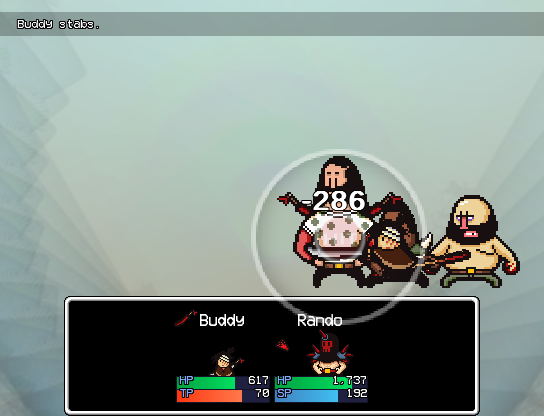

They seem to come out of their passiveness and communicate with the viewer. Reihana’s figures are much alive on screen. Perhaps video projectors are the closest I can get to this technology. I try hard to find a way to bring life out of my work like Reihana does.

As I am a student I have to keep my inspirations down to earth and improvise a lot. The perfection of the presentation in every way stroke me once again and begun to make more research about it. This high-tech artwork stayed in my mind for months and I was fortunate enough to encounter it once again in London at Royal Academy. Her piece like mine is a documentation of people’s lives. At first, I thought that it looked playful and joyful but when I had a better view I saw the deeper social and cultural meanings that the piece carries. I was immediately stricken by the vastness of the piece and the life that oozed out of it. When I visited Venice Biennale last year I came across the monumental work of Lisa Reihana. Influenced by indigenous cinema, the work is a meditation on cartographic endeavors, scientific exploration and the colonial impulse which unravels Enlightenment ideals to repture the gaze of power and desire.” (Fossa Margutti, Pietragnoli and Dolzani, 2017) Reihana’s practice is driven by a deep connection to community, a working method she describes as kanohi ki te kanohi (face to face). Reihana populates her vast multi-channel video with real and invented narratives of encounter, harnessing film and animation technologies to reimagine the wallpaper from a Maori and Pacific perspective. Two centuries ago, the French neoclassical wallpaper Les Sauvages de la Mer Pacifique referenced the Pacific voyages of James Cook who documented the transit of Venus in 1769. “Central to the exhibition is the panoramic and cinematic in Pursuit of Venus, 2015-17. (Quotation from an introduction on the wall by a recent view at the Royal Academy of Arts, London)

Through an unfolding anthology of stories of science, encounter, ritual and violence drawn from first-hand accounts, the work reveals the early contact between Islanders and Europeans as a theatre of many different dramas.” “Part re-enactment, part animation and part enlargement of the original panorama (Les sauvages de la mer Pacifique), it exemplifies the continuing vitality of Indigenous performance in the present. Courtesy: New Zealand at Venice. (panoramic video in Pursuit of Venus ) Lisa Reihana, 2015-2017, “Emissaries” at New Zealand Pavilion, Venice Biennale, 2017.


 0 kommentar(er)
0 kommentar(er)
